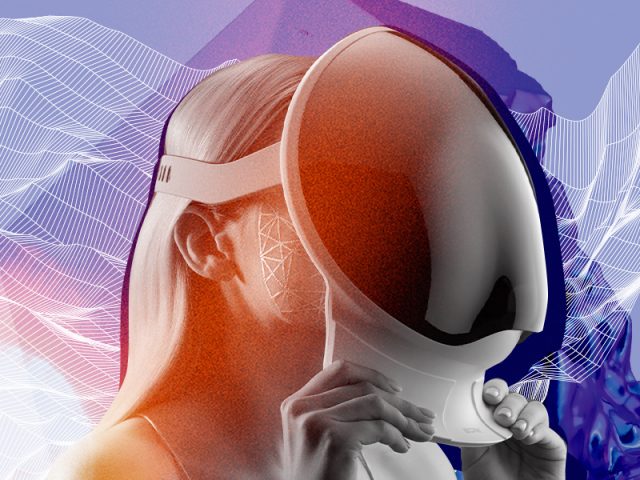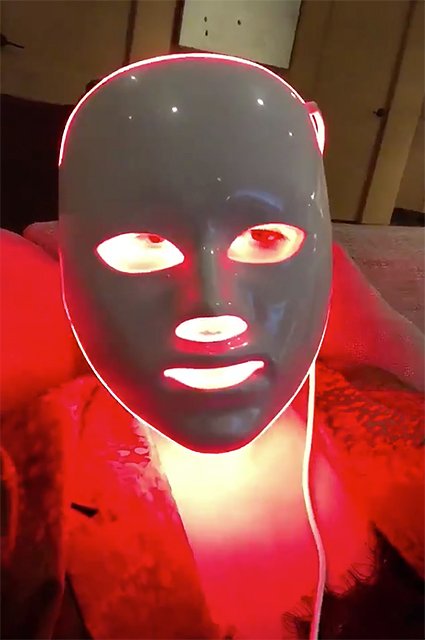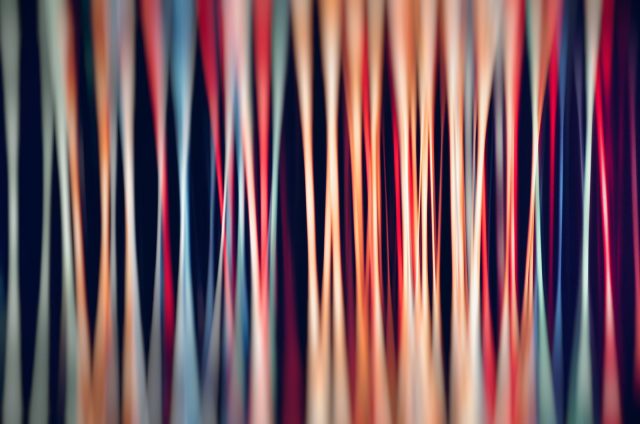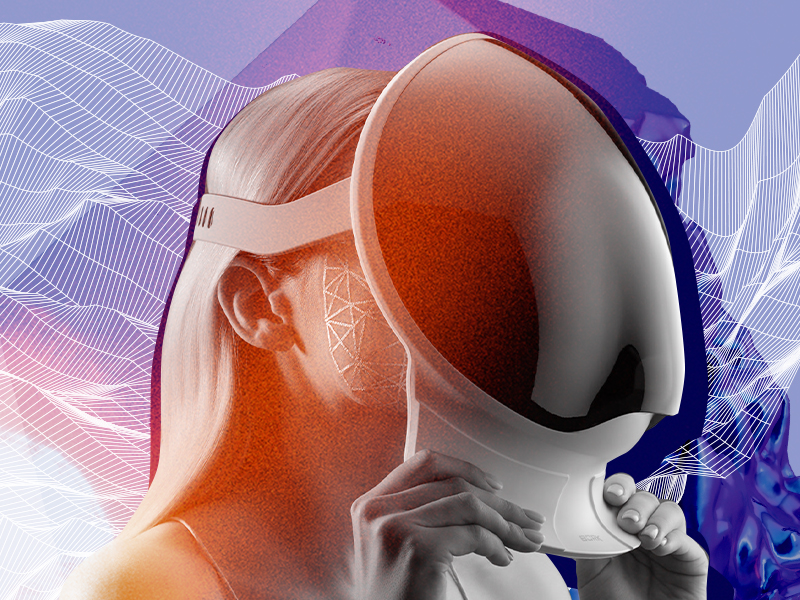
The popularity of LED face masks has grown unnoticed. At first, only NASA scientists could use them, then LED therapy began to be used in cosmetics, and recently the gadget fell into the category of household appliances. Now the LED mask can be found in any market and can be used independently. What effect can we expect and will he be able to change the course of procedures with a beautician?
A Brief History of LED Therapy
Scientists from NASA were the first to use light-emitting diode or LED therapy. It was used for astronauts who came to Earth after a mission. Scientists have proven that light has a healing effect on the skin and the whole body as a whole. “Light of a certain wavelength affects our skin, accelerating regeneration, rejuvenating tissues and producing collagen,” says Yulia Shuvalova, dermatologist at the GEN87 Innovative Cosmetology Clinic. – Chromophores (substances found in our cells) absorb light in a certain spectrum and also have a stimulating effect. This is why LED therapy has long been used to treat dermatological problems.”
About five years ago, Hollywood stars began to actively advertise LED masks. Kim Kardashian, Chrissy Teigen, Jessica Alba, and Victoria Beckham talked about the wonderful effect of a cosmic-looking device. And last summer, Dior even released an LED mask.
-

Victoria Beckham / Photo: social networks -

Chrissy Teigen / Photo: social networks
LED Light Therapy is the perfect express “go out” treatment that relieves puffiness and refreshes the skin. There is no rehabilitation period, and the effect is immediately visible – this explains the growing popularity of LED masks.
What skin problems does LED therapy solve?

Rafael Navas, dermatologist and aesthetic medicine specialist SHA Wellness Clinic (Spain)
“LED masks stimulate the production of collagen and elastin, help remove pigmentation and post-acne scars.
LED masks come in different colors. AND Depending on the wavelength, the light penetrates to a certain depth from the upper layers of the epidermis to the lowest layers. Each color has specific characteristics, so choosing which color to use depends on what you need to work on.
— Red light. It penetrates the upper layers of the skin and stimulates the production of collagen and elastin. Activates cell regeneration: smoothes wrinkles (including expression lines), narrows enlarged pores, evens out skin tone, reduces age spots, soothes after aggressive action on the epidermis.
— Blue light. More superficial, it penetrates pores and destroys acne-causing bacteria. Used for acne – reduces enlarged pores and acne caused by stress or hormonal changes. It is most commonly used as an anti-inflammatory agent or for biostimulation that enhances the natural mechanisms of cell repair.
— Green light. It is indicated for repairing pigmented skin and combating sun and age spots. It penetrates into the basal layers of the epidermis (the deepest). note. ed.), reduces mimic wrinkles and helps skin regeneration.”
Can it be combined with other processes?

In a word, yes. “LED therapy can be combined with cleaning, injections, laser resurfacing, ultrasonic SMAS removal and maintenance,” says Yulia Shuvalova. Light therapy has a cumulative effect, so it is carried out 1-2 times a week in a course of 8-10 procedures.
Can LED therapy devices at home replace in-salon treatments?
According to Rafael Navas, the result from the use of household appliances is much lower. “Out of the salon procedures are very cosmetic, give a short-term effect and require more sessions. And what happens in the beautician’s office is more intense and aimed at treating and solving dermatological problems,” she says.
Yulia Shuvalova adds: “Homemade LED masks are suitable for regular anti-aging, prevent the development of skin diseases, and also improve and prolong the results of skin care cosmetics and salon procedures.” Therefore, it is unlikely that you will be able to carry out a full-fledged LED therapy at home. In this case, the mask is an additional tool that keeps the skin in its original state. To solve some dermatological problems – acne, post-acne, pigmentation – a homemade LED mask will not be enough. In this case, doctors recommend performing LED therapy in medical centers and clinics.
Source: People Talk
I’m Roger Gritton, and I’ve been writing for the The Fashion Vibes for over 5 years now. My specialty is beauty news; I’m passionate about covering the latest trends, products, and innovations in the industry. In my time there, I’ve become known as an authority on all things beauty-related.
I love discovering new experts to interview, researching up-and-coming ingredients and techniques that are making their way onto our beauty shelves and highlighting people who are making a difference in the world of cosmetics. My work has appeared not only on The Fashion Vibes, but also several other publications including the New York Times Magazine, Allure Magazine and Refinery29.





